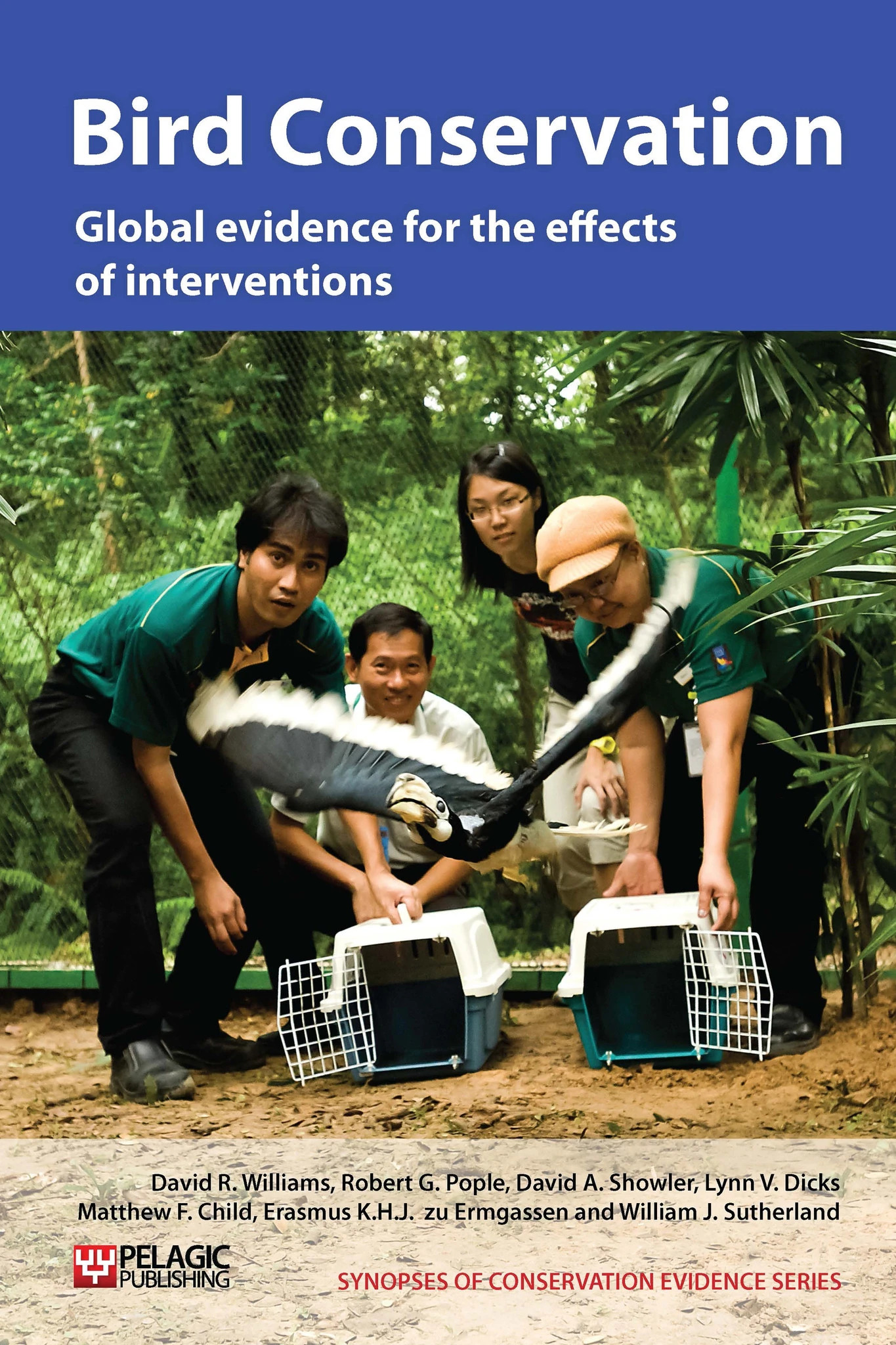Provide supplementary food for gannets and boobies to increase reproductive success
-
Overall effectiveness category Unknown effectiveness (limited evidence)
-
Number of studies: 2
View assessment score
Hide assessment score
How is the evidence assessed?
-
Effectiveness
33% -
Certainty
25% -
Harms
0%
Study locations
Supporting evidence from individual studies
A small controlled study at a marine reserve in Queensland, Australia, in the breeding seasons of 1997-8 and 1998-9 (Bunce 2001) found that Australasian gannet Morus serrator chicks were reached significantly heavier weights in 1997-8 when they were fed every 2-3 days (starting at five days old and continuing until 40 days old) with approximately 5% of their bodyweight in pilchards Sardinops sagax, compared to control (unfed) chicks, however there were differences in weight in 1998-9 were not significant, although trends were in the same direction (1997-8: maximum weight of approximately 3900 g for fed chicks, n = 4 vs. approximately 3250 g for controls, n = 8). Over both years fledging success was higher for fed nests, but this was not significant (100% fledging success for fed nests vs. 90% for controls). This study also investigated the impact of adding foster chicks to gannet nests (see ‘Foster eggs or chicks with wild conspecifics’).
Study and other actions testedA randomised, replicated and controlled trial on Isla Española, Galapagos Islands, Ecuador, in the 1997-8 breeding season (Clifford & Anderson 2001) found that female Nazca boobies Sula granti were more likely to produce two-egg clutches if they were fed at least 200 g of mullet Mugil cephalus twice daily, compared with control (unfed) females (92% of 49 fed females produced two eggs vs. 70% of 50 control females). Second eggs were also slightly larger from fed females, compared to controls (68 mm3 for 44 eggs from fed females vs. 66 mm3 for 32 from control females), first-laid eggs were no different between groups. Egg laying date and laying interval were similar between treatments. Females were fed until ten days had passed without laying an egg.
Study and other actions tested
Where has this evidence come from?
List of journals searched by synopsis
All the journals searched for all synopses
This Action forms part of the Action Synopsis:
Bird Conservation
Bird Conservation - Published 2013
Bird Synopsis





)_2023.JPG)














